They say you can’t judge a book by its cover, but in the case of Dragons & Pagodas: A Celebration of Chinoiserie, it would be a most appropriate thing to do! Written and illustrated by art historian Aldous Bertram, the beautiful watercolor on the front cover provides a hint of the fantastical exploration of chinoiserie that awaits discovery inside.
“My primary aim is to celebrate the historical depth and staggering range of a style that is sometimes misunderstood as frivolous or peripheral,” Bertram explains in the Preface. “Furthermore, I hope to show that the passion for chinoiserie is alive and well in the twenty-first century, frequently starring in freshly iconic interiors across the fashion and design worlds.”
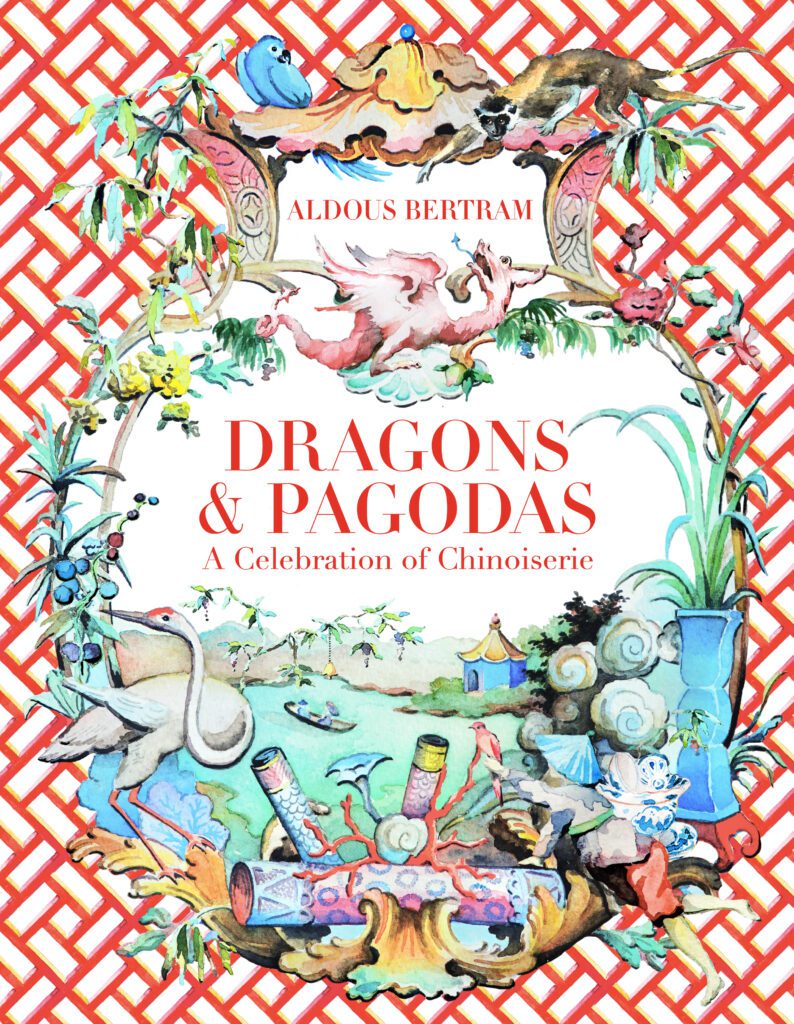
-
the imitation or evocation of Chinese motifs and techniques in Western art, furniture, and architecture, especially in the 18th century. [Definition from Oxford Languages]
Dragons & Pagodas explores the fascinating history of chinoiserie, a cultural phenomenon that first swept across Europe and America in the seventeenth and eighteenth centuries, revolutionizing taste and creating a new decorating style that has remained unwavering in popularity to this day. The scarcity of firsthand knowledge left Europeans to develop their own ideas of what they imagined China to be like, and the sensational account of Marco Polo’s twelfth-century visit to the East largely set the tone. Colorful, charming, and whimsical imagery depicting China as an enchanted and exotic world of fantasy emerged, igniting a mania that has raged for three centuries. “… the chinoiserie flame has at various times flickered and flared, but it has proved far too pretty and peculiar to be forgotten for long,” writes Bertram.
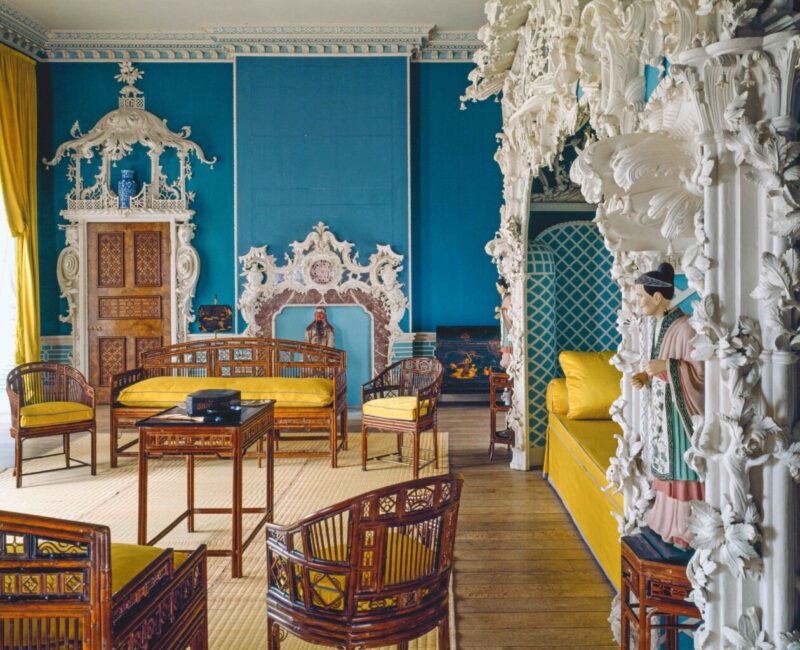
Dragons & Pagodas is organized by theme, including porcelain, color and pattern, flora, fauna, and architecture. Each chapter is bursting with images ranging from grand European summer palaces and whimsical pagoda follies to charming details of screens, porcelain figurines, and ornate plasterwork. Complete with Bertram’s own chinoiserie-inspired watercolors and collages, Dragons & Pagodas is an irresistible confection and an example of chinoiserie in its own right.
Today we are taking a sneak peek!
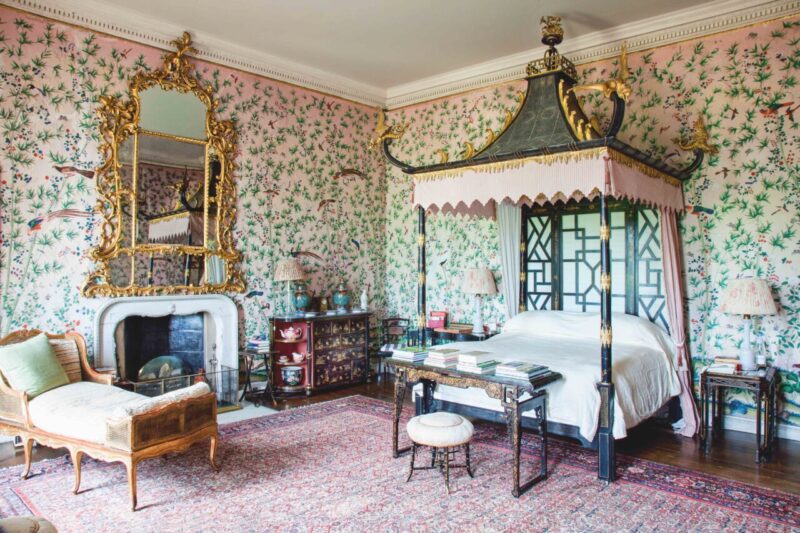
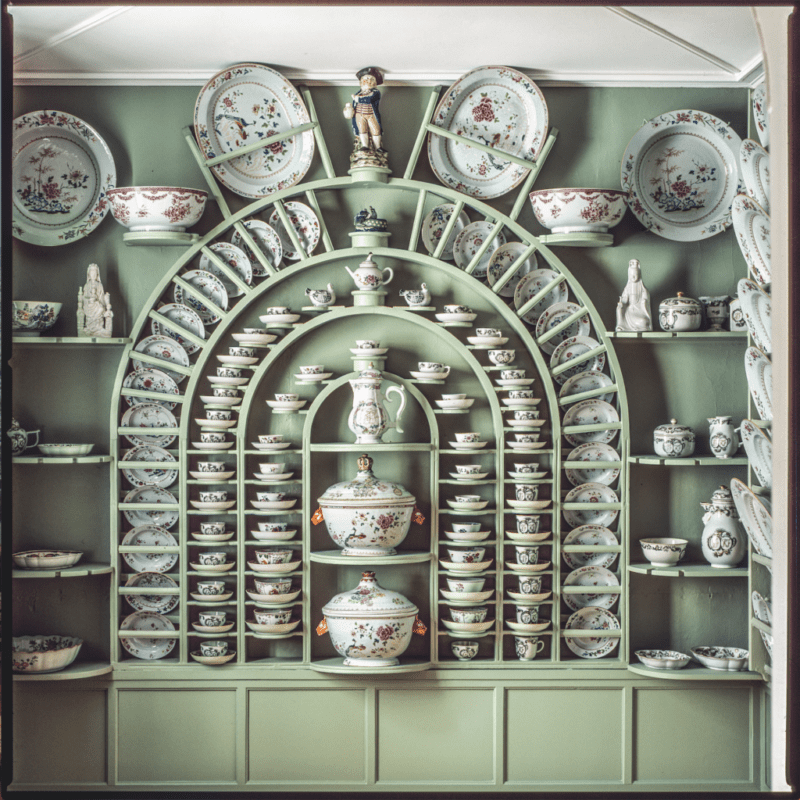
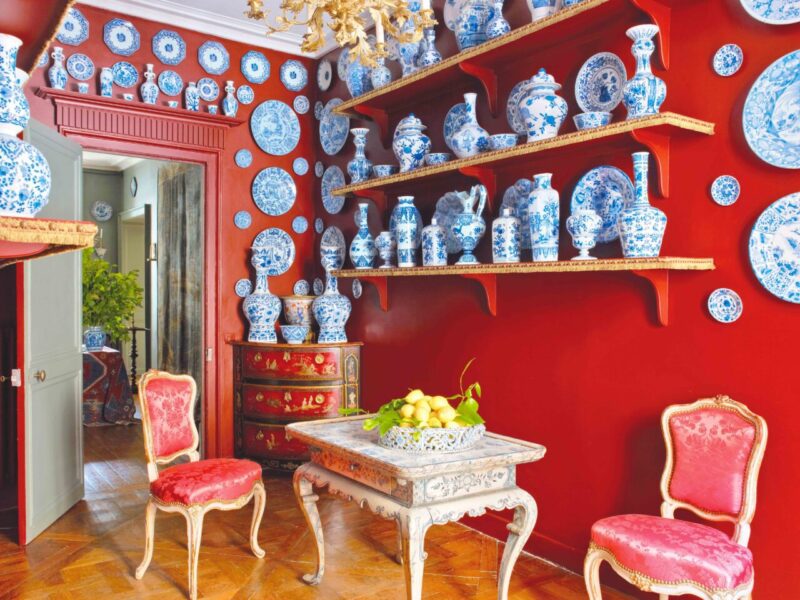
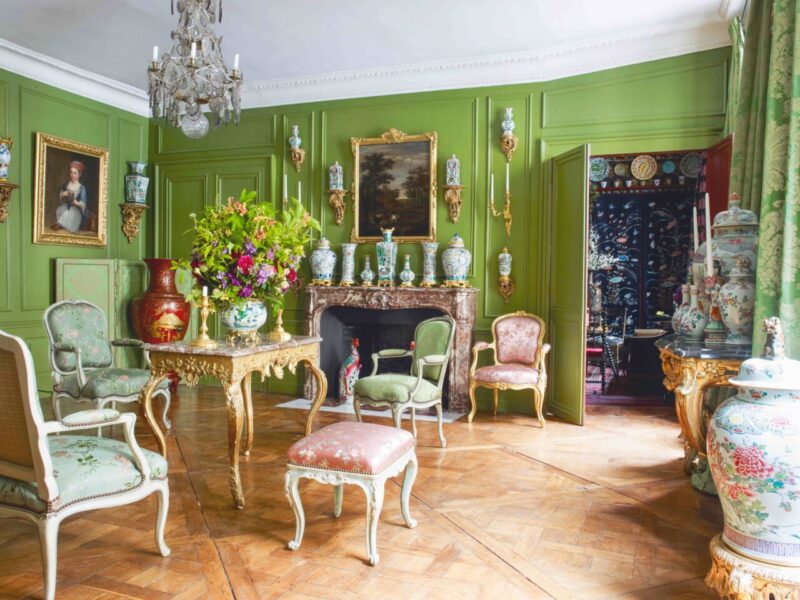
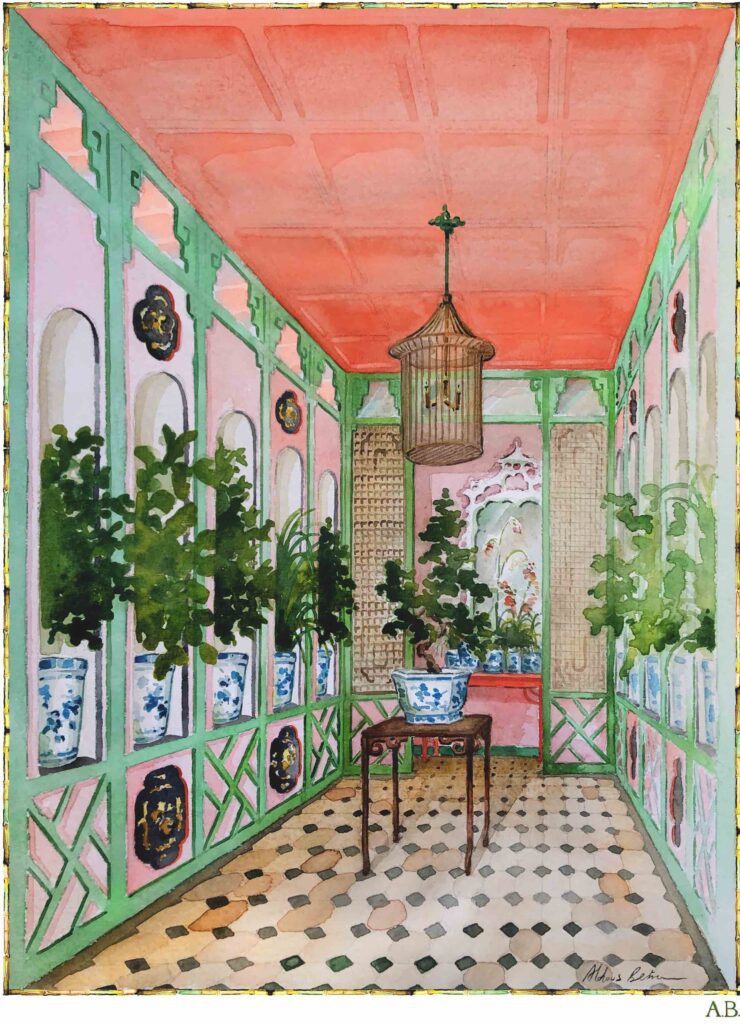
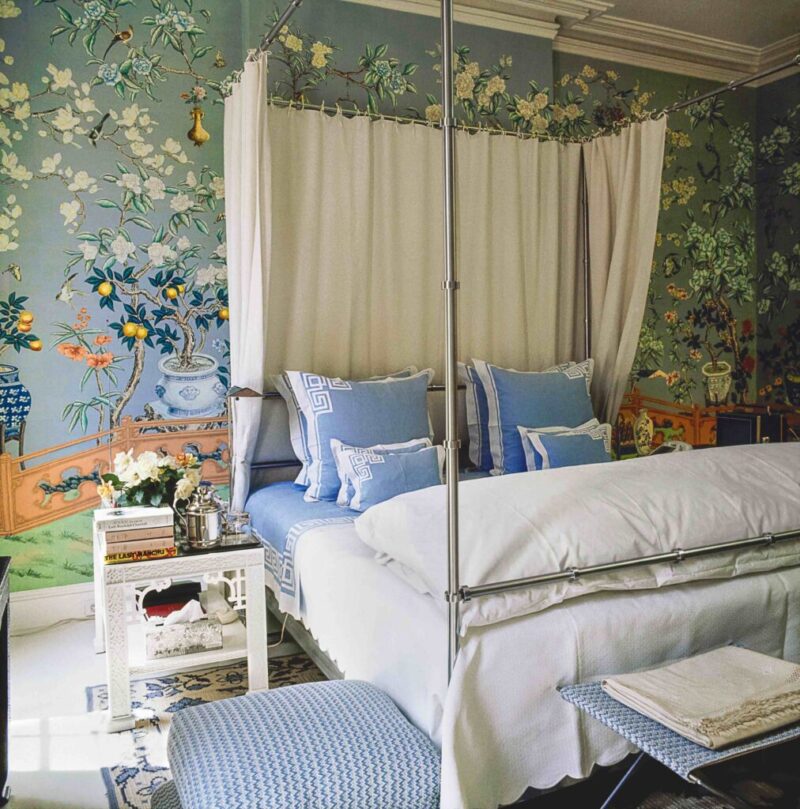
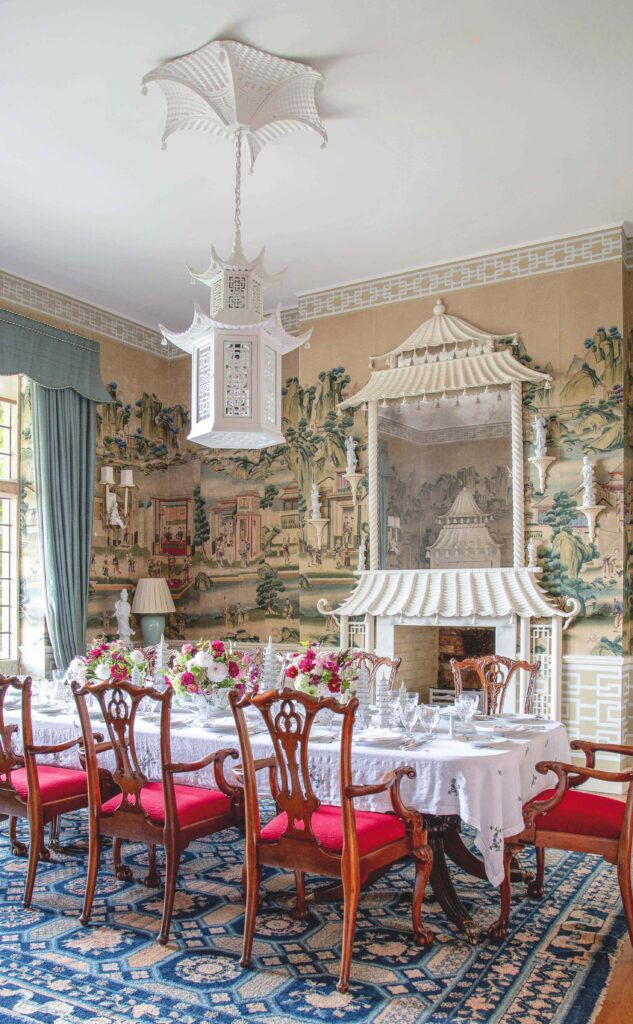
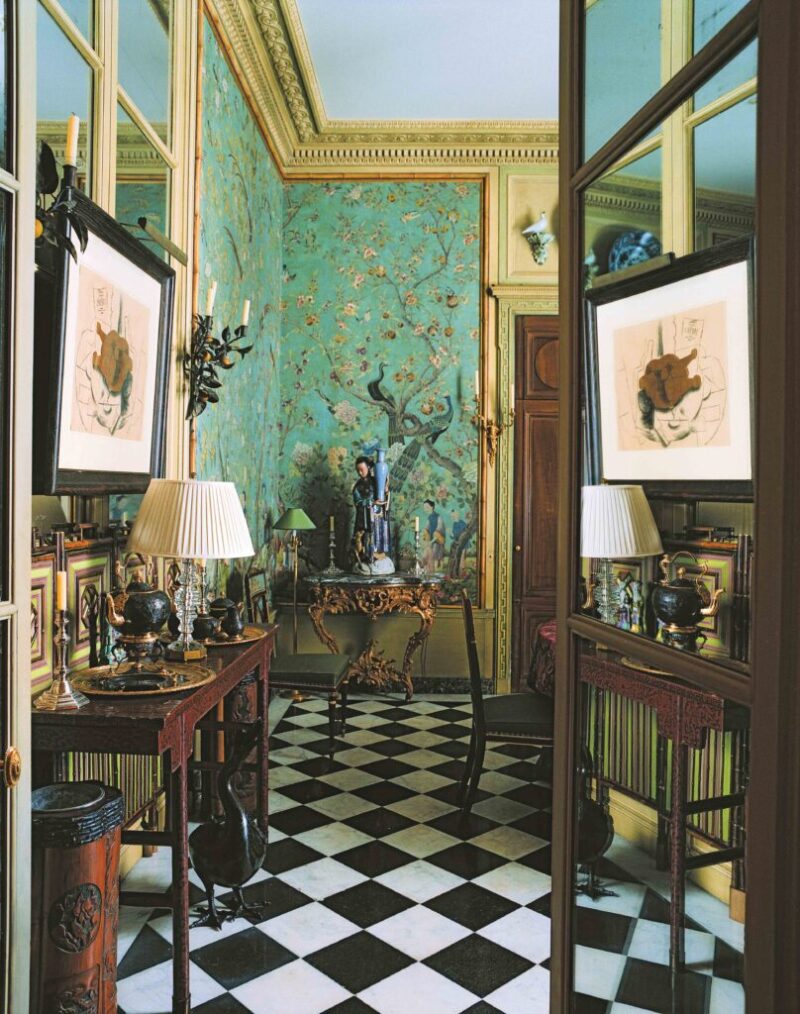
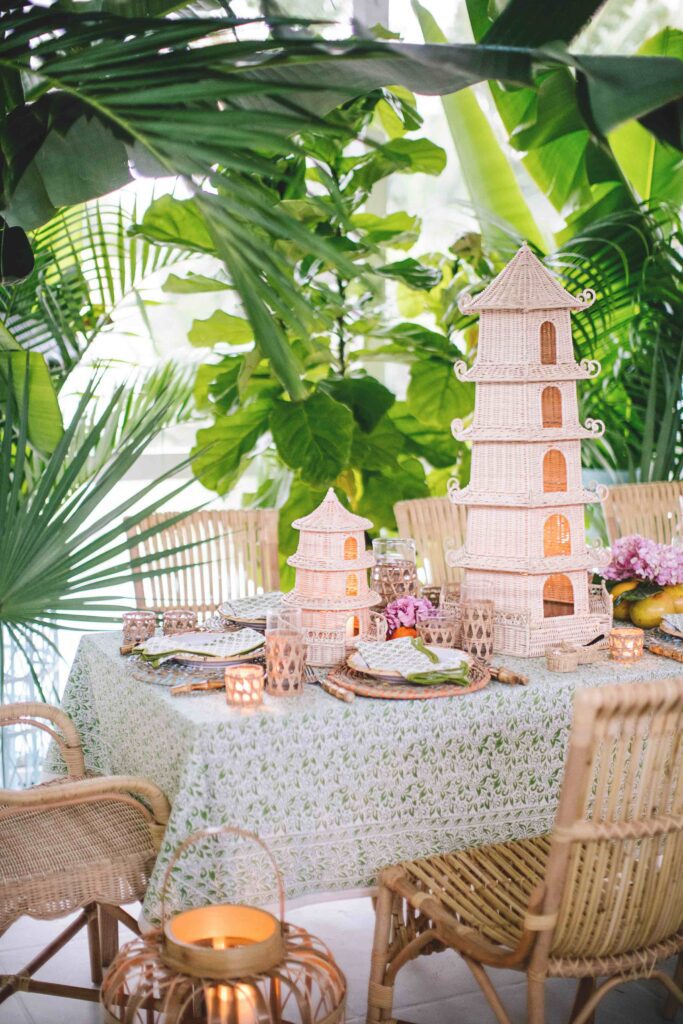
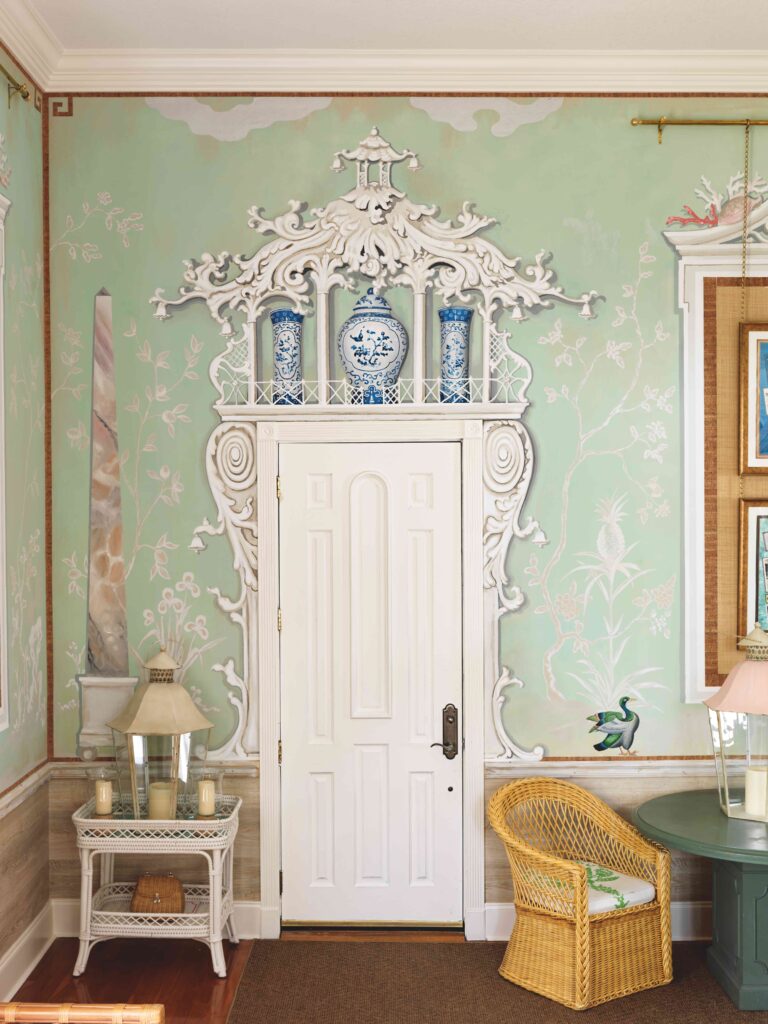
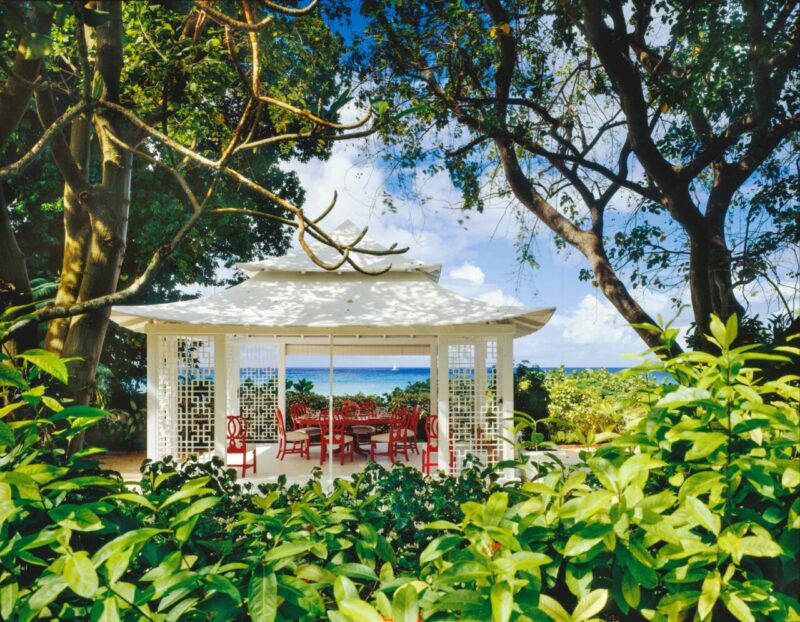
This is absolutely a book you will want to add to your library and gift this holiday season! Dragons & Pagodas: A Celebration of Chinoiserie was published by Vendome and is available for purchase here. You can learn more about Aldous Bertram and purchase his artwork via his website.



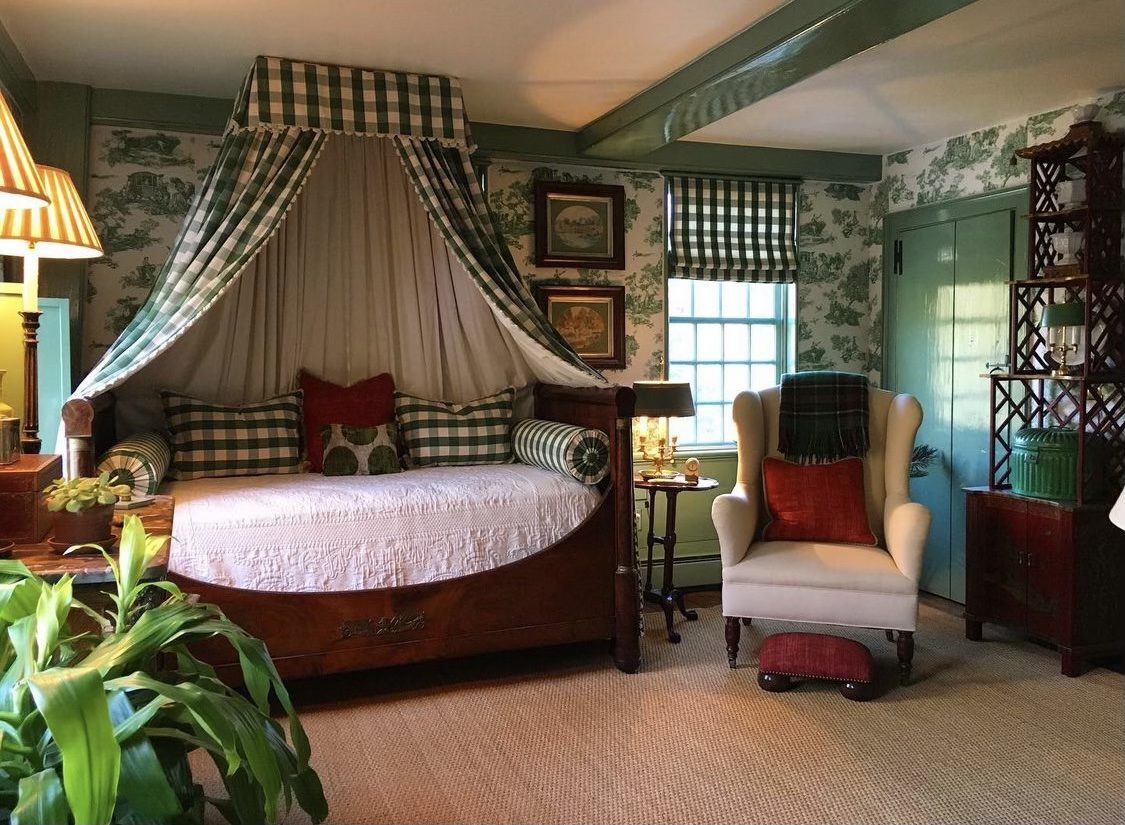


For lovers of Chinoiserie this is the most beautiful book. Exceeded my expectations. Thank you!!!
I adore chinoiserie and am thrilled to see this book. Thank you very much for highlighting this talented author/artist. I’ve ordered a few of the prints, and they will fill in a couple blank spots beautifully. I think I could have ordered them all.
Looks like a beautiful book. What a gifted illustrator he is. Thank you for the recommendation.
Thank you Andrea! The first room featured at Clayton House is the ‘gold standard’ of Chinoiserie. Looking forward to Dragons and Pagodas. Except for my Tuscan kitchen my own home is primarily Palm Beach/Chinoiserie…such fun!
I love a touch of chinoiserie!